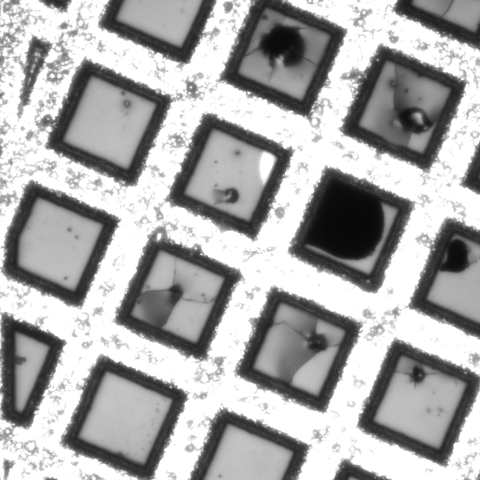
Brace yourself for impact … a little less. NIST researchers are measuring the way different materials hold up when hit with the force of a speeding object, such as a fast-moving rock in space or an unfortunate bird in flight.
Current materials used in aerospace engineering — to build planes and spacecraft, for example — can withstand hits decently, but they require lots of monitoring and maintenance for long-term performance. That effort can be costly over time. Another expensive factor is over-engineering, or using more materials and maintenance to ensure the product is much stronger than necessary.
Maybe the materials that are best for the job already exist in the industry but need to be designed differently.
Or maybe there are alternatives out there that could perform better.

To find out, NIST postdoctoral researcher Polette Centellas is measuring the performance of materials using a highly compact impact test. She sends microparticles toward nanometer-thick materials with the same velocity of a bullet to a target, but it all happens only millimeters apart. The whole experiment happens at one kilometer per second in a space smaller than an ice cube.
Shown here is a sample of material that she works with. Since the material itself is so thin, Polette attaches it atop a gridlike surface. For the experiment to work, the microparticles that she sends at the material must hit ONLY the material, moving into the holes in the grid without touching the sides.
Follow us on social media for more like this from all across NIST!

